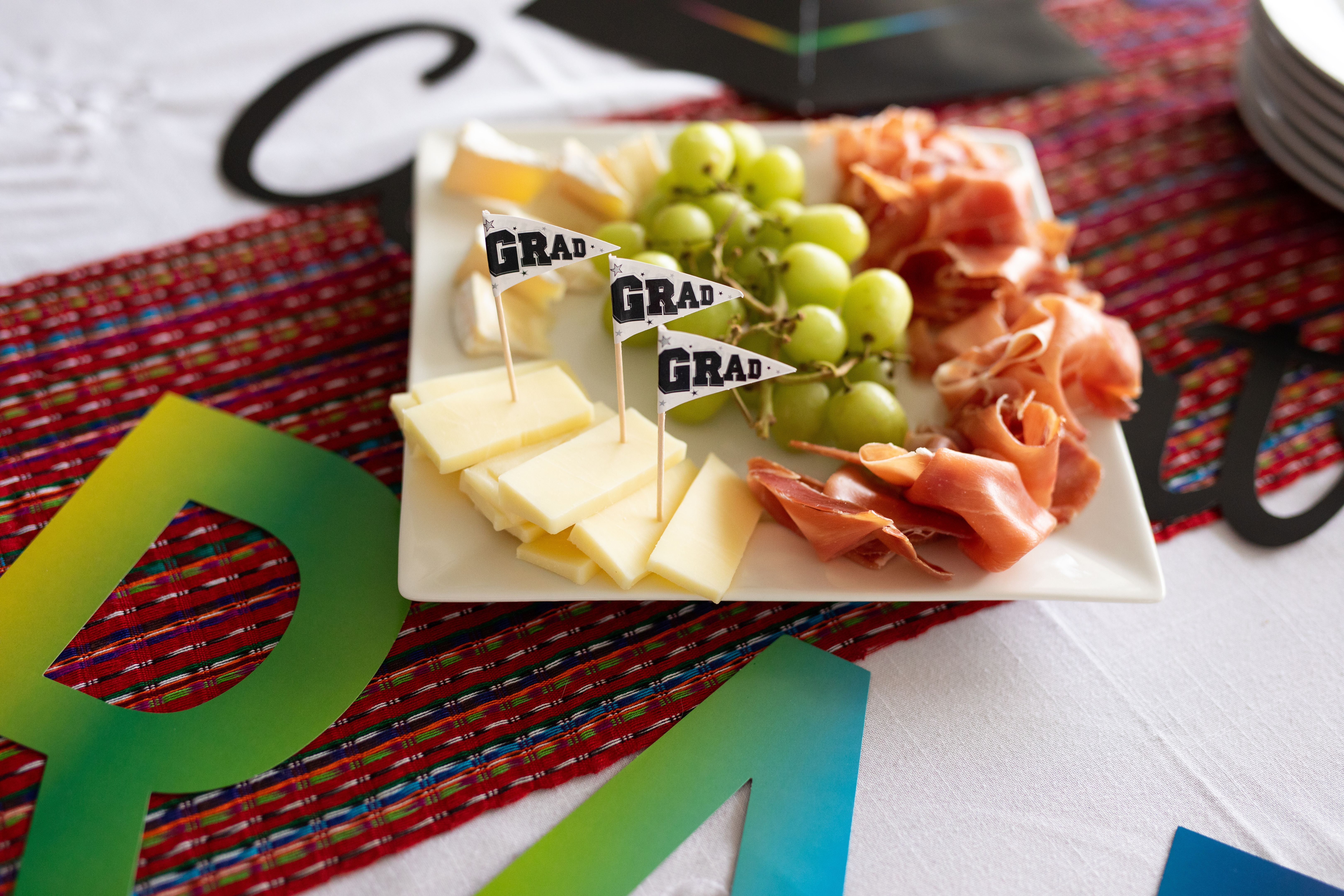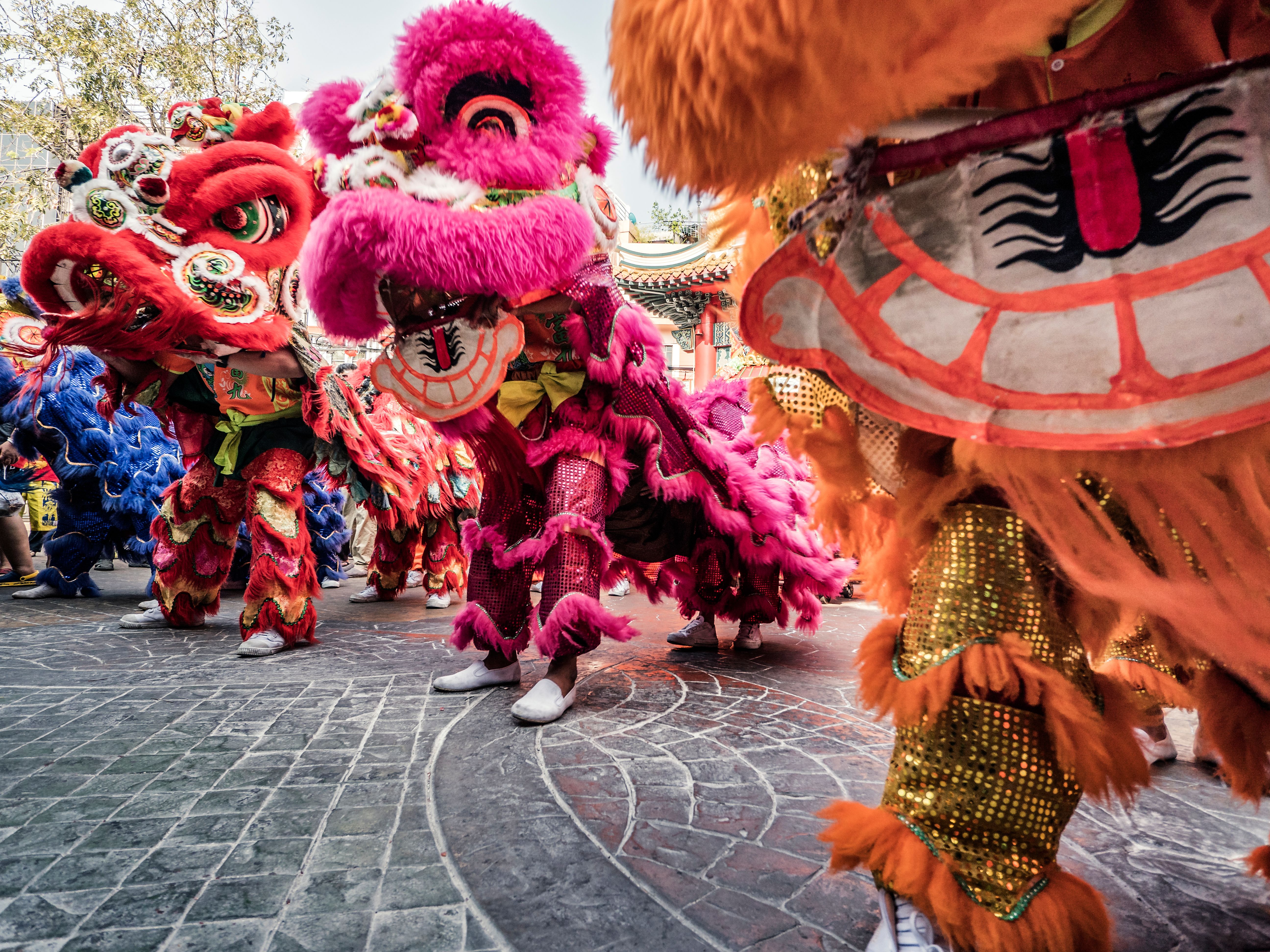Celebrating Culinary Heritage: Savoring Traditions
Exploring the Rich Tapestry of Culinary Traditions
Food is more than just nourishment; it is a powerful expression of culture, history, and heritage. From the bustling street markets of Thailand to the rustic kitchens of Italy, each bite connects us to the stories and traditions of our ancestors. Celebrating culinary heritage is about savoring these traditions and understanding the deep-rooted connections between food and identity.
The diversity in culinary traditions across the globe is immense. Each region offers a unique blend of flavors, techniques, and ingredients that have been passed down through generations. These traditional recipes are often at the heart of family gatherings and cultural celebrations, offering a taste of history on every plate.

The Role of Food in Cultural Identity
Food plays a crucial role in shaping cultural identity. It is a reflection of a community's values, beliefs, and way of life. For many cultures, certain dishes are not just meals but symbols of their heritage. They carry memories of childhood, family, and community, making them an intrinsic part of life.
In some cultures, food is deeply intertwined with religious practices and rituals. For example, the Japanese tea ceremony is a centuries-old tradition that emphasizes harmony, respect, purity, and tranquility. Such practices highlight how food can be an integral part of spiritual and cultural expressions.

Preserving Culinary Heritage for Future Generations
As the world becomes increasingly globalized, preserving culinary heritage is more important than ever. Traditional recipes and cooking methods are at risk of being lost as modern convenience foods take precedence. To safeguard these traditions, it is essential to document and share them with future generations.
Here are some ways to help preserve culinary heritage:
- Document family recipes: Write down family recipes and cooking techniques to ensure they are not forgotten.
- Participate in cultural festivals: Engage in local festivals that celebrate traditional foods and cooking methods.
- Support local artisans: Purchase products from local farmers and artisans who keep traditional food practices alive.

Culinary Heritage as a Bridge Between Generations
Culinary traditions serve as a bridge between generations, fostering a sense of belonging and continuity. When families cook together, they not only prepare food but also share stories and wisdom from previous generations. This interaction strengthens familial bonds and keeps cultural traditions alive.
Cooking traditional dishes can also be a fun and educational experience for children. It teaches them about their heritage, the importance of preserving it, and the joy of creating something with their own hands. By involving younger generations in these practices, we ensure that culinary heritage is cherished and continued.

Celebrating Diversity Through Food
Savoring culinary traditions is also about celebrating diversity. Every dish tells a unique story that reflects the cultural mosaic of our world. By exploring different cuisines, we gain insight into other cultures and develop an appreciation for their distinct flavors and techniques.
Hosting international food nights or cooking classes can be delightful ways to explore these diverse culinary landscapes. Not only do they provide an opportunity to taste new foods, but they also encourage conversations about culture and history.
Culinary heritage is a testament to the resilience, creativity, and spirit of communities worldwide. By embracing traditional foods and sharing them with others, we honor those who came before us while enriching our own lives with diverse flavors and experiences.
